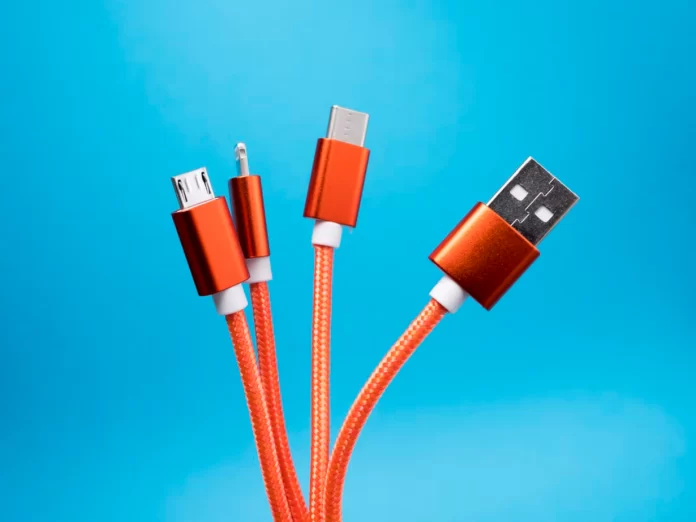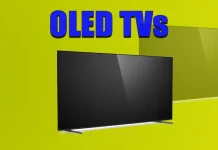There are many types of wired connections. These include VGA, COM, HDMI, USB, and many more. USB Type-A and USB Type-C are just the tip of the iceberg.
These two types of ports are very common, they are found in personal computers and in numerous peripherals. When buying any device, it is worthwhile to find out what type of connection it supports, because this information will help you understand what the equipment can do and how to get the most out of it.
So, here is about the USB-A, USB-C and the difference between these two cables.
What is USB-A
To begin with, a USB connection involves a master (host) port, a connecting cable, and a receiver port. The ports have different functions and vary in appearance.
USB-A is often referred to as a full-size USB. This type is widespread and easily recognized. USB Type-A is a large, horizontally placed, rectangular connector with sharp corners. Inside it is a black, white, or blue plastic panel with a set of contacts. This is the one connector and before using it you must as they say “observe”: the connector enters into the port only in one position.
USB-A appeared in the mid-nineties. In the noughties it became ubiquitous. It is used in keyboards, mice, webcams, minibars, photo cameras, and connection cables. USB Type-A interface is popular because it is reliable, universal, and provides a high data transfer rate (480 Mbit/s). At the same time, it supports not only the connection of peripheral devices but also their charging.
On the other end of the cable with USB Type-A, you may find a USB Type-B connector. USB-B is the port of a receiving device (such as a printer) that connects to the host (computer). It is also easy to recognize: the Type-B connection has a square shape. There are also many subtypes of USB-A and USB-B: USB Mini A, USB Micro-A, Mini B, Micro-AB, etc.
What is USB-C
Over time, the capabilities of USB Type-A ceased to meet the needs of users, and there was a need for a faster and more compact connection.
USB-C is a relatively new interface, it appeared in 2014. It differs from USB-A in shape: it is also a rectangle, but it is much smaller and has strongly rounded corners. Today, Type-C is one of the most widely used connection types in consumer devices.
USB Type-C key features:
- Compact and convenient (the USB-C connector can be inserted into the port from either side).
- Transmit current up to 100 W (up to 130 W in some cases).
- Ability to supply power to power-consuming devices, such as laptops.
- Higher data transfer speeds (up to 10 Gbit/s).
- The ability to transmit video in 4K.
- Versatility. You can replace many specific connectors, including HDMI and VGA.
- Potential Thunderbolt 3 compatibility (USB-C port can be used as Thunderbolt 3 with additional hardware).
What’s the difference between USB-A and USB-C
As mentioned above, USB Type-C is faster and more versatile than USB-A. Over time, it will replace the old interfaces, but it will not happen soon. Currently, computers and laptops are equipped with both types of connectors. It is necessary to avoid problems with the connection of old equipment.
There are plenty of phones, gamepads, keyboards, printers, and other peripherals which require a USB-A/A or USB-A/B connection. The USB-A and USB-C ports can support different protocols, from USB 2.0 to USB 3.1 Gen 2. This information is usually listed in the specifications of the device.
In addition, not all users are willing to purchase USB-C adapters in order to use older devices with the new connection standard. However as older devices are being phased out, USB-C is becoming more common.






